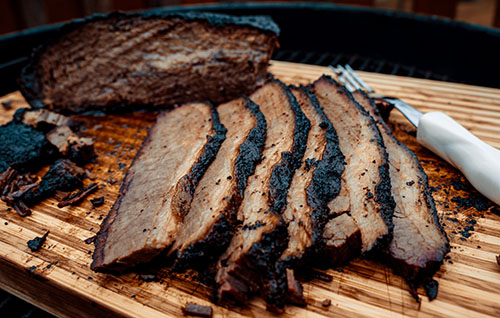A Step-by-Step Guide to Smoking the Perfect Brisket
Aug 29, 2022

With Labor Day just one week away, it’s time to fire up the grill and gather your supplies. How about surprising your guests with a spicy, smokey, or sweet brisket that will melt in their mouths? Even if you are not quite confident in your grilling ability, follow the six simple steps below for guaranteed juicy and tender results:
Your local Co-op has grilling supplies and seasonings for your next cookout, so stop by before the holiday weekend! Find the nearest location information here.
For more content like this, check out the latest issue of The Cooperator.
- Choose your cut
- Trim your brisket
- Make a rub
- Smoke the meat
- Wrap it up
- Let it rest
Your local Co-op has grilling supplies and seasonings for your next cookout, so stop by before the holiday weekend! Find the nearest location information here.
For more content like this, check out the latest issue of The Cooperator.